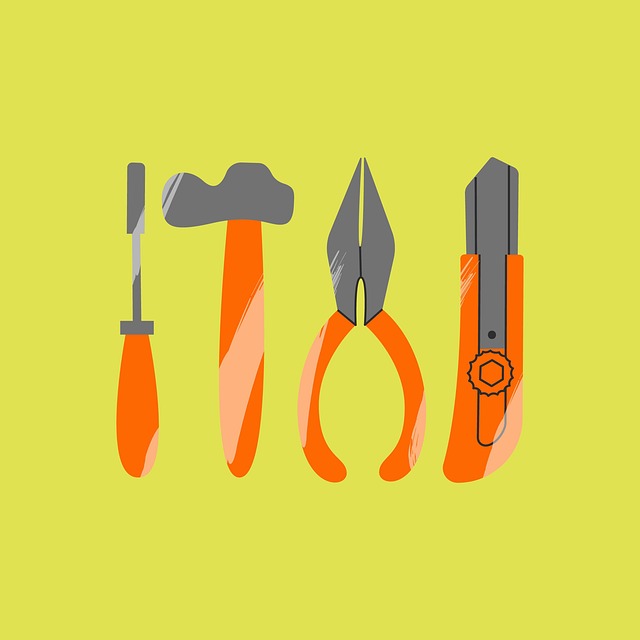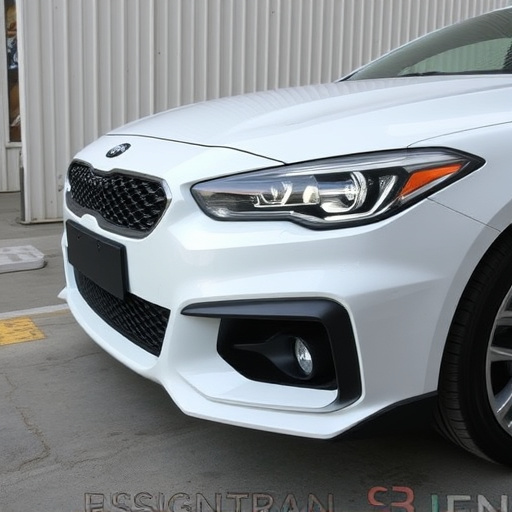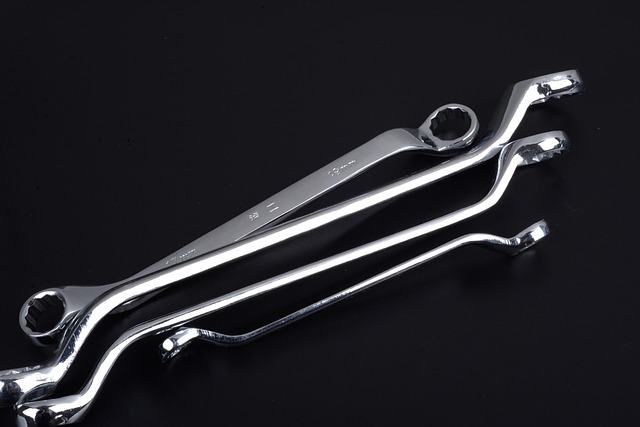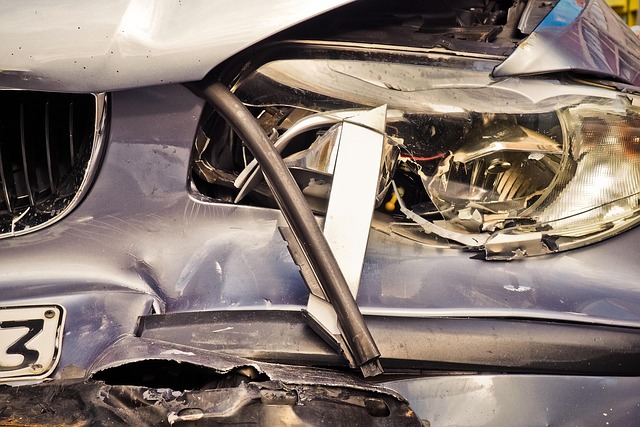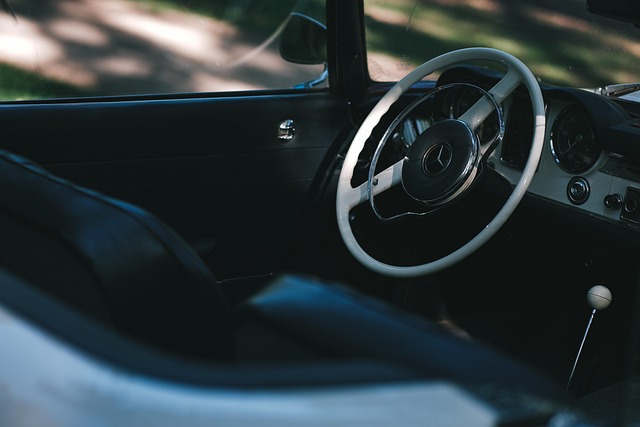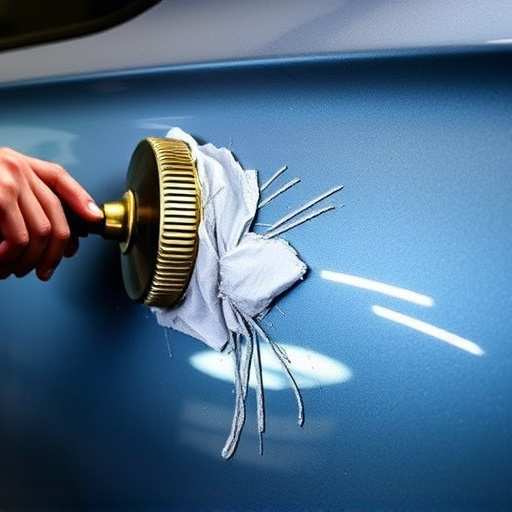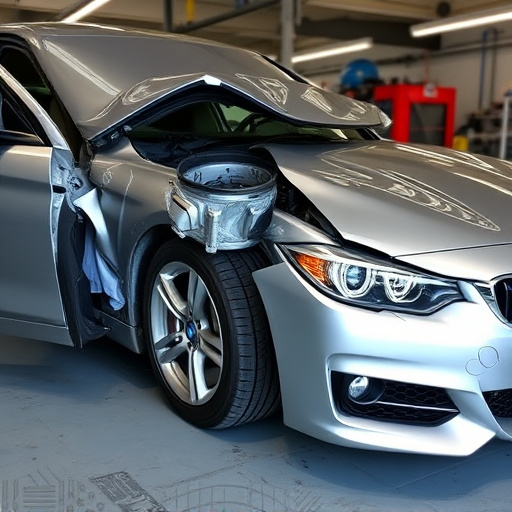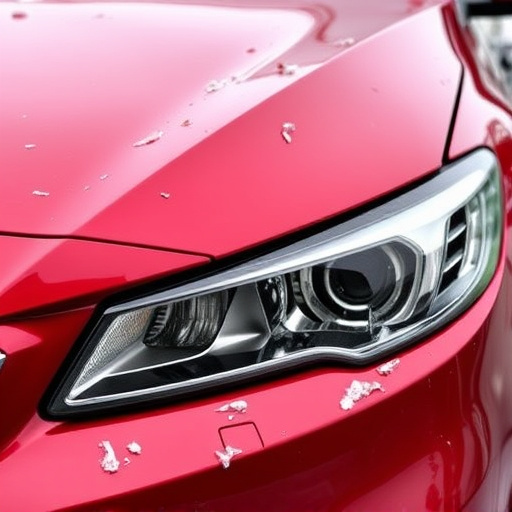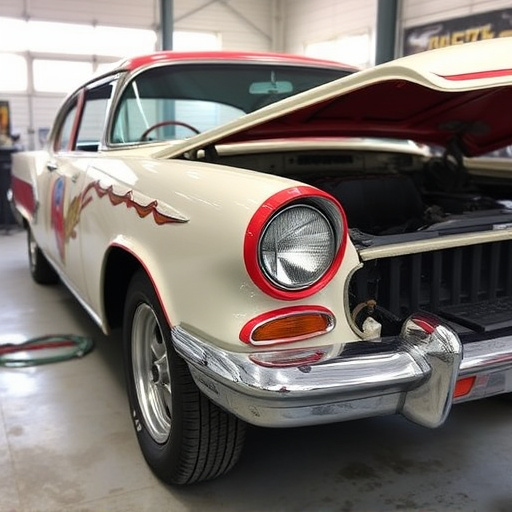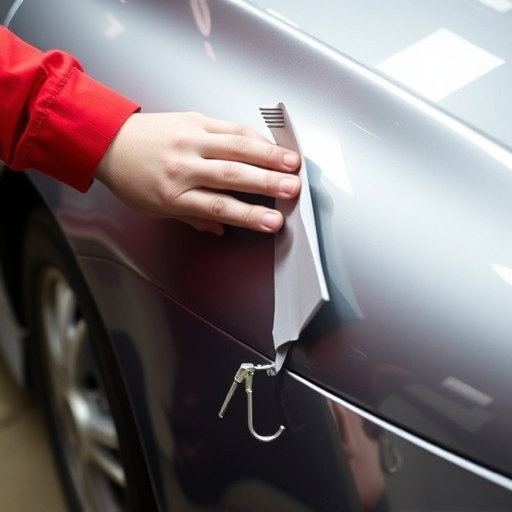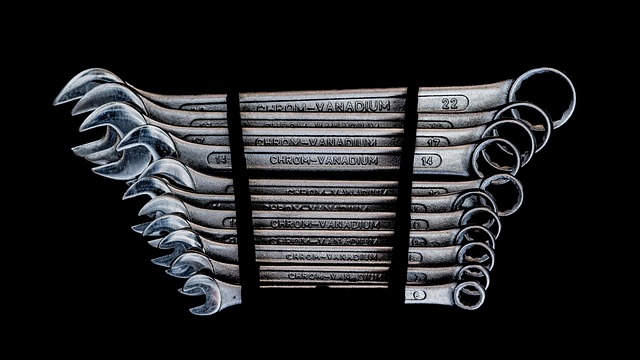3D printing technology has revolutionized vehicle body repair services by enabling precise manufacturing of intricate car parts, offering faster and more cost-effective solutions compared to traditional methods. This innovative process uses digital models to create replacement panels, fenders, and even complete vehicle structures with exact fits and superior structural integrity. By streamlining the repair process, reducing downtime for car owners, and minimizing waste, 3D printing provides an eco-friendly alternative for sustainable vehicle collision repair, while its versatility allows auto body shops to offer specialized services for rare or classic vehicles.
In today’s advanced automotive landscape, vehicle body repair services have undergone a remarkable transformation. Technological innovations such as 3D printing, computer-aided design (CAD), virtual reality (VR), and artificial intelligence (AI) are revolutionizing how repairs are carried out. This article delves into these cutting-edge tools, exploring their numerous benefits for cost, efficiency, and precision. From rapid prototyping with 3D printing to immersive training with VR and automation through robotics, these advancements promise a new era in vehicle body repair, setting higher standards for quality and safety.
- Advances in 3D Printing for Vehicle Body Parts
- – Overview of 3D printing technology
- – Benefits for vehicle body repair: cost-effectiveness, design flexibility, rapid prototyping
Advances in 3D Printing for Vehicle Body Parts
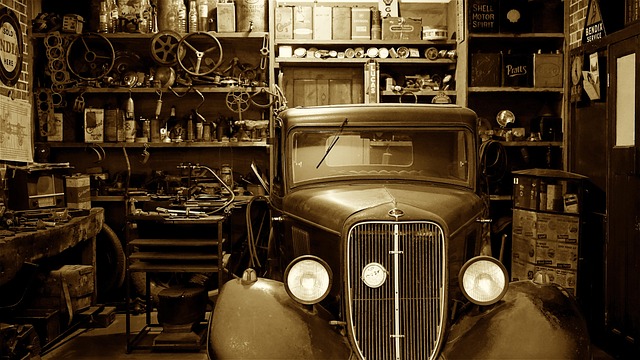
Advances in 3D printing technology have significantly revolutionized vehicle body repair services. This innovative process allows for the precise manufacturing of complex car parts with intricate designs, offering a faster and more cost-effective solution compared to traditional methods. By using digital models, 3D printing can create replacement panels, fenders, or even complete vehicle structures, ensuring an exact fit and superior structural integrity.
This modern approach streamlines the repair process, as specialized technicians can quickly print and install parts, reducing downtime for car owners. Moreover, 3D printing minimizes waste and offers a more sustainable option for vehicle collision repair, aligning with the growing demand for eco-friendly auto detailing and bodywork solutions.
– Overview of 3D printing technology
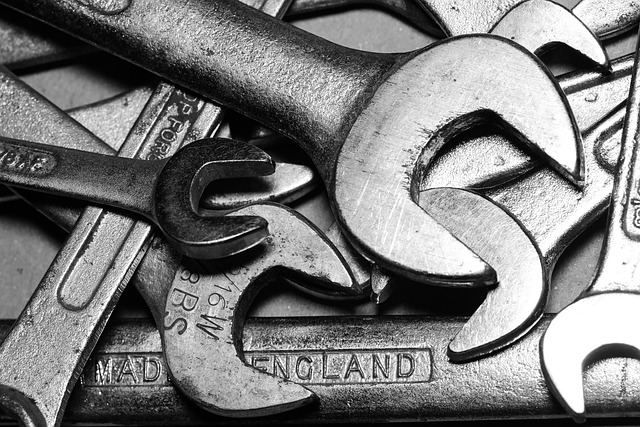
3D printing technology has emerged as a revolutionary tool in the realm of vehicle body repair and auto body work. This innovative process involves creating three-dimensional objects layer by layer, using digital models as blueprints. In the context of car repair services and auto body restoration, 3D printing offers unprecedented precision and efficiency. It enables technicians to reproduce complex automotive parts, from fenders and grilles to interior components, with remarkable accuracy and speed.
The advantages of 3D printing in vehicle body repair are vast. It streamlines the production process, reducing lead times and minimizing waste. Additionally, it allows for customization on a scale never seen before, catering to unique auto body restoration needs. This technology’s versatility is particularly beneficial for rare or classic vehicles, where finding replacement parts can be challenging. By leveraging 3D printing, auto body shops can offer more specialized and tailored car repair services, ensuring that each vehicle receives the meticulous care it deserves.
– Benefits for vehicle body repair: cost-effectiveness, design flexibility, rapid prototyping

The integration of technology has brought about significant advancements in vehicle body repair services. One of the key benefits is cost-effectiveness; modern tools and techniques allow for more precise and efficient repairs, reducing labor costs and material wastage. This not only makes vehicle body repair more affordable but also encourages a more sustainable approach to automotive maintenance.
Additionally, technology offers design flexibility, enabling repair specialists to handle complex shapes and intricate designs with ease. Rapid prototyping is another advantage, as it accelerates the process of creating custom parts for unique vehicle models, be it fixing a car scratch or addressing extensive automotive collision damage. These innovations in vehicle body repair ensure that vehicles not only look like new but also retain their structural integrity, enhancing safety and performance.
The future of vehicle body repair services is here, driven by innovative technologies like 3D printing. This advanced manufacturing method offers significant advantages, including cost reduction, design customization, and faster turnaround times, revolutionizing how we approach car damage restoration. As this technology continues to evolve, vehicle body repair shops can expect even more efficient and precise solutions, ultimately enhancing customer satisfaction in the ever-competitive automotive industry.
